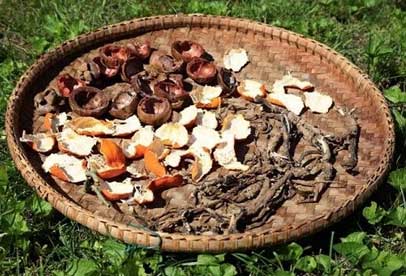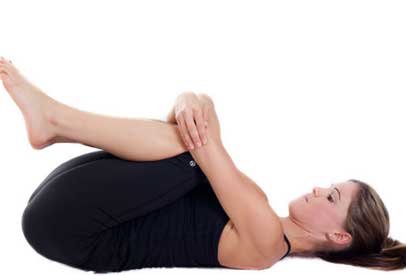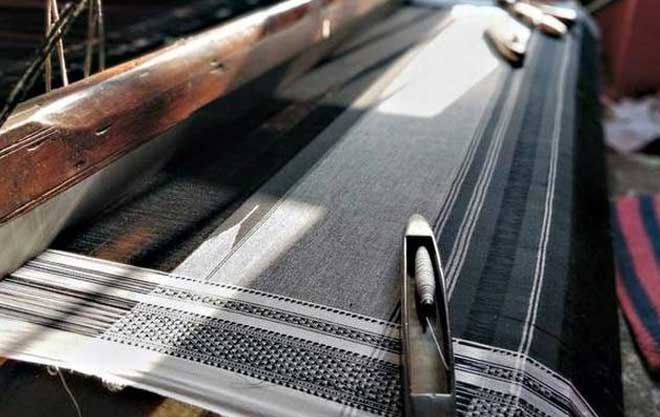
5 Ways to Dry Herbs
Whether you have some leftover store-bought rosemary from yesterday′s meal of roasted veggies, a garden overflowing with lemon balm, or a large backyard patch of wild stinging nettle, drying herbs is a great option for preserving this abundance for a year-round supply of cooking spices and herbal preparations.
Drying herbs effectively is a key step in getting the most out of your wildcrafting experience! Find five ways to dry herbs below, an excerpt from the online Botany & Wildcrafting Course, which takes students on a captivating voyage through the science of botanical identification and the art of wildcrafting edible and herbal botanicals.
A Guide to Drying your Herbal Harvest
Drying methods depend on many factors, including the herb(s) in question, the plant part(s) to be dried, the temperature and humidity of your drying space, the equipment available, and how the herb(s) will ultimately be used (i.e., home use versus commercial distribution).
Most herbalists will dry their herbs in one or more of the following ways:
Herb Drying Method 1: Outdoors on a clean surface, shaded from direct sunlight
Spread fresh herbs on a tarp, cloth, or other clean surface on the ground. To keep plant material out of direct sunlight, choose a naturally shaded area or create shade with a canopy, shade frame, or hoop house.
Herb Drying Method 2: In layers on drying frames or screens
This method maximizes available space much like an urban skyrise: spread herbs on screens or drying racks that can be stacked on top of each other in a frame. If your drying room is small enough, use a dehumidifier to speed up the drying process (this applies to any indoor drying method, including the next method below).
Herb Drying Method 3: Bunched for hanging or drying in paper bags
Collect herbs into small, loose bundles, and hang from nails or a string (much like a clothesline) in an out-of-the way location away from light. Bundles may be tied with string, twist-ties, or rubber bands (the last option keeps individual stems from slipping out of the bundles as they shrink with drying). Alternatively, bundles may be placed in paper bags to prevent contamination by dust or other particulate matter. When drying herbs in paper bags, the bags should be left open or have holes cut into them to allow air to circulate.
Herb Drying Method 4: In dehydrators
Layer herbs on racks in an appliance designed to maintain air flow and control temperature. Dehydrators range from standard home food dehydrators (choose one with an adjustable thermostat) to larger, specially designed cabinets.
Herb Drying Method 5: In an oven at a very low temperature
Spread herbs on trays or oven sheets, and place in an oven that can be set to a temperature below 100 degrees Fahrenheit (gas ovens can be kept off with only the pilot light lit; the light bulb in some ovens may provide enough heat), and monitor for dryness. If needed, the oven door can be left ajar to increase air circulation and ensure that the temperature doesn′t rise too high.
Next time you′ve got an overabundance of fresh herbs on your hands, give one of these herb drying methods a try! And for more details on drying and the pros and cons of each drying method, along with a wealth of information on plant biology and ecology, botanical terminology, field identification, wildcrafting techniques, and more, sign up for the Botany & Wildcrafting Course, curated by the Herbal Academy′s team of expert herbalists and botanists.
Related News

Correlation Between Almonds and Weight Gain

9 Super Simple Exercises to Reduce Belly Fat

Cancer risk of breast implants 10 times higher than first feared

Looking towards India for design

Top 10 Diet and Fitness Tips for Men

Making handloom accessible

7 Filling Foods to Keep Belly Fat at Bay

Exercise can help boost memory through bone hormone: Study
Most Read
★Top 10 Diet and Fitness Tips for Men
★5 surprising beauty benefits of amla
★Is there a way to combat greying?
★Can high heels give you cancer?
★Research reveals surprising health benefits of chewing your food
★Sari saga from Bengal
★How to Set Weight-Loss Goals You Can Actually Achieve
★6 Best Oils for a Naturally Clear and Glowing Skin
★Eating Carbs and Fats Before a Workout? Read This
★Yoga Asanas To Prevent Hair Loss
★Carbohydrates and sugars
★Daily consumption of tea protects the elderly from cognitive decline
★Top 3 Core Exercises While Pregnant
★Face Open Pores
★Haryana girl Nishtha Dudeja wins Miss Deaf Asia 2018 crown
★12 Benefits of Hair Spa Treatment
★Breakthrough drug restores more than 90% of lost hair in most patients
★The Simple 20-Minute Habit That Could Save Your Life
★This is how many calories your tea and coffee habit is adding to your diet EVERY DAY
★Making handloom accessible
★Flex Your Memory Muscle
★7 Healthy Hacks for Your Pumpkin Spice Latte
★The Beauty Benefits of Exercise
★4 Foolproof Tips to Make Healthy Veggie Chips at Home
★Smoking and sight loss warning
★The Key to Healthy Aging
★5 Hot Yoga Poses For Rapid Weight Loss
★5 Common Mistakes that May Ruin Your Skin
★5 Exercises to Reduce Belly Fat
★Learn to Do Vinyasa Yoga for Weight Loss
★Skinny jeans and big fluffy hoods contribute to back pain
★10 Benefits Of Climbing Stairs ? An Underdog In The World Of Fitness
★Scientists found effective dandruff treatment
★6 Best Oils for a Naturally Clear and Glowing Skin
★Healthiest Foods For Women
★Education can boost men?s chances of online dating
★How to Gain Weight in 7 Days to Get Rid of the Skinny You
★Heres why you should go sulphate-free with your hair care
★Why and how exercises reduce the risk of CANCER?
★Skin tone linked to fruit and vegetable consumption
★5 Yoga Poses that Can Give You a Glowing Skin
★The Brilliant Food Combo That Helps You Burn More Fat
★Popular weight loss strategies
★Exercise can help boost memory through bone hormone: Study
★Vitamin reverses aging in organs and muscles
★Ideal exercises to keep your heart healthy
★Why You Probably Shouldnt Take Diet Advice from Your CrossFit Coach
★7 Filling Foods to Keep Belly Fat at Bay
★How to Do Face Cleansing at Home?
★10 Ways To Use Sesame Oil For Beautiful Skin
